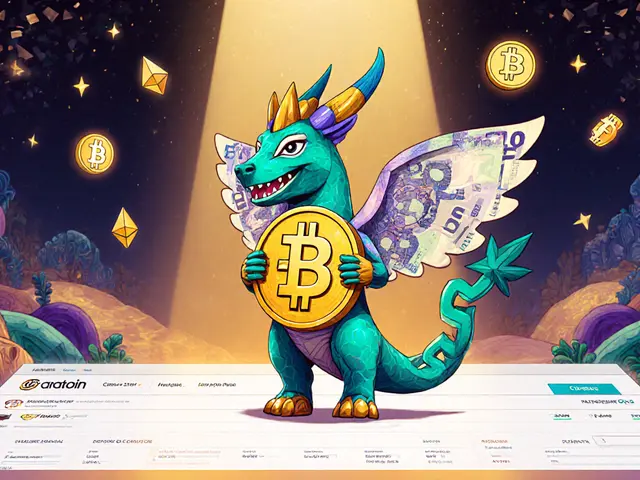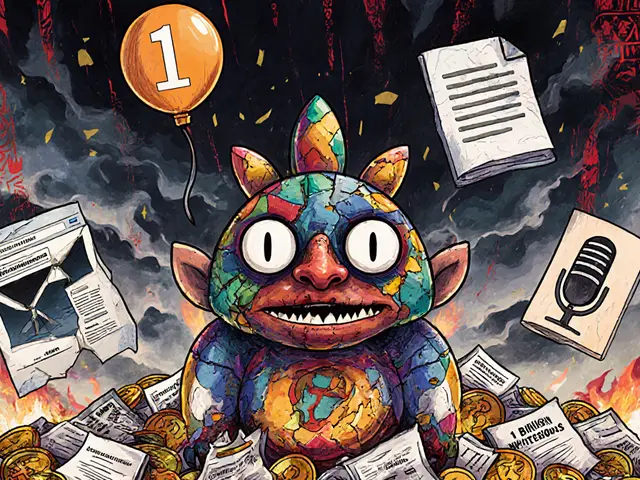Low-Cap Crypto: High Risk, High Reward Tokens Explained
When people talk about low-cap crypto, cryptocurrencies with a market capitalization under $100 million, often trading below $0.10 per token. Also known as micro-cap crypto, these assets are the wild west of digital markets—full of potential, but packed with traps. Unlike Bitcoin or Ethereum, low-cap coins aren’t backed by big teams, institutional interest, or proven track records. They’re often launched by anonymous developers, promoted by influencers, and traded mostly on small decentralized exchanges with thin liquidity. That’s why you’ll see posts here about tokens like Husky Avax (HUSKY), a meme coin on Avalanche with a 100-trillion supply and zero utility, or AmpleSwap (AMPLE), a token with no trading volume and contradictory supply data. These aren’t anomalies—they’re examples of what happens when hype outpaces reality.
Most low-cap crypto projects die within months. Some vanish after an airdrop, like LACE, a token promised by Lovelace World that was never distributed. Others, like EverETH Reflect (EVERETH), a token claiming to pay ETH rewards but showing $0 paid since 2021, are outright ghosts. But not all are scams. Some low-cap tokens emerge from real innovation—like KiloEx (KILO), a decentralized platform for high-leverage futures trading—but even these carry huge risk due to low trading volume and weak community support. The real challenge isn’t finding a gem—it’s avoiding the dozens of fake ones that look identical. That’s why this collection focuses on hard data: trading volume, team activity, exchange listings, and real user behavior—not promises or whitepapers.
You’ll find deep dives into tokens that look promising but turn out empty, exchanges that claim to list them but don’t, and airdrops that never happened. We cut through the noise. No fluff. No hype. Just what’s real, what’s dead, and what’s still worth watching. If you’re hunting for the next big move in low-cap crypto, this is where you start—with facts, not fantasies.









